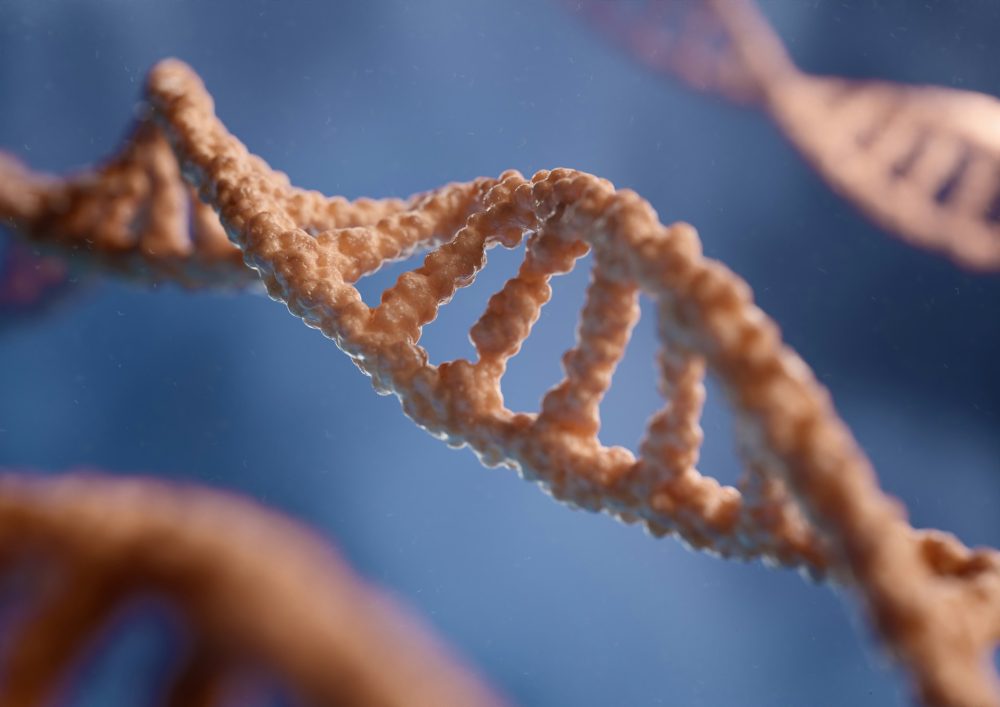Biotech
AI-Enhanced NMR Revolutionizes Drug Discovery Speed and Precision
An international team combining advanced NMR and AI has developed the SHARPER NMR technique, accelerating drug discovery tenfold. Published in the Journal of the American Chemical Society, it enables rapid, automated analysis of 140 molecular fragments daily, enhancing precision, reducing protein use, and transforming fragment-based drug design for faster, cost-effective therapeutic development.

The combination of advanced nuclear magnetic resonance (NMR) and artificial intelligence (AI) tools is giving an unprecedented boost to drug discovery. An international team, including researchers from the Institute of Chemical Research (a joint center of the Spanish National Research Council (CSIC) and the University of Seville), has developed a technique that increases the speed of analysis tenfold and promises to transform the initial stages of drug development.
The study, published in the Journal of the American Chemical Society, presents a methodology called SHARPER nuclear magnetic resonance spectroscopy, optimized through machine learning. This technique allows for much faster and more accurate identification and classification of compounds with the greatest therapeutic potential by analyzing how small molecules, known as fragments, bind to proteins that can become drug targets.
Thanks to this advancement, researchers can evaluate up to 140 fragments per day, compared to the usual 4 to 15 with current methods, representing a significant leap in the speed and efficiency of the analysis. Furthermore, the technique offers a high degree of automation in both data acquisition and processing, making it a high – throughput tool.
Ai NMR: A pioneering methodology
“We have developed a pioneering methodology that allows us to significantly accelerate the earliest stages of drug development, which greatly facilitates the research work of scientists working on the design and optimization of new drugs,” highlighted Ridvan Nepravishta, from Cancer Research Horizons in the United Kingdom and first co-author of the study.
This advance significantly improves NMR’s ability to study how small molecules bind to proteins, a key step in the rational design of new drugs. Traditionally, this process requires significant time and large quantities of protein to detect weak interactions between fragments and proteins. Although difficult to observe, these subtle interactions are essential for identifying compounds with therapeutic potential.
The new approach, which uses AI, focuses the signal from the molecules, providing clearer and more precise readings that allow researchers to observe how they change when interacting with a candidate protein. This significantly improves the sensitivity and quality of the results.
Furthermore, the use of machine learning algorithms has drastically reduced the number of measurements required: while conventional methods required up to seven measurements per compound, the new system only needs two to accurately classify an entire collection of molecules.
“Our ML-Boosted LB SHARPER NMR approach is very easy to implement and automate both at the experimental level and in the analysis of results,” explained Jesús Angulo, researcher at the Institute of Chemical Research and co-author of the article.
This level of automation facilitates the rapid and accurate classification of the most promising fragments —the so-called hits —within libraries that may include hundreds or thousands of candidates, a very useful advance for the pharmaceutical industry.
A boost to fragment-based design
The development falls under the strategy known as fragment- based drug discovery (FBDD), one of the most widely used methods today for creating new drugs. This technique involves identifying small molecular fragments that bind to proteins involved in diseases and then optimizing them to improve their efficacy.
The problem is that these bonds are usually very weak and difficult to detect using traditional techniques such as X-ray crystallography or electron microscopy. NMR is one of the few tools capable of studying these types of interactions, but its low sensitivity and the time required have so far limited its practical application in drug discovery.
With the new technique, researchers have managed to overcome these limitations and open the door to a faster and more efficient development of therapeutic compounds.
The article’s first co-author, Juan C. Muñoz-García , a researcher with the EMERGIA Research Talent Acquisition Program of the Andalusian Regional Government at the Institute of Chemical Research, highlighted: “This work is a perfect example of the impact of multidisciplinary research and international collaboration, in which we have demonstrated that the combination of advanced nuclear magnetic resonance spectroscopy and machine learning techniques allows us to accelerate the classification of the most promising compounds ( hits ) against a biological receptor to limits that were previously inconceivable in the area of nuclear magnetic resonance.”
Towards more efficient drug discovery with the help of AI
The advance not only increases the speed and accuracy of the analysis, but also reduces protein consumption and simplifies the experimental process , making it more accessible to both academic laboratories and biotechnology companies.
Taken together, this new methodology represents a decisive step towards faster, more cost-effective and precise drug development, with the potential to accelerate the arrival of new treatments to patients.
__
(Featured image by digitale.de via Unsplash)
DISCLAIMER: This article was written by a third party contributor and does not reflect the opinion of Born2Invest, its management, staff or its associates. Please review our disclaimer for more information.
This article may include forward-looking statements. These forward-looking statements generally are identified by the words “believe,” “project,” “estimate,” “become,” “plan,” “will,” and similar expressions. These forward-looking statements involve known and unknown risks as well as uncertainties, including those discussed in the following cautionary statements and elsewhere in this article and on this site. Although the Company may believe that its expectations are based on reasonable assumptions, the actual results that the Company may achieve may differ materially from any forward-looking statements, which reflect the opinions of the management of the Company only as of the date hereof. Additionally, please make sure to read these important disclosures.
First published in GACETA MEDICA. A third-party contributor translated and adapted the article from the original. In case of discrepancy, the original will prevail.
Although we made reasonable efforts to provide accurate translations, some parts may be incorrect. Born2Invest assumes no responsibility for errors, omissions or ambiguities in the translations provided on this website. Any person or entity relying on translated content does so at their own risk. Born2Invest is not responsible for losses caused by such reliance on the accuracy or reliability of translated information. If you wish to report an error or inaccuracy in the translation, we encourage you to contact us.

-

 Crowdfunding6 days ago
Crowdfunding6 days agoDigital Finance Fosters Inclusivity: Women and Minorities Lead in Italian Equity Crowdfunding
-

 Africa2 weeks ago
Africa2 weeks agoMorocco’s Agri-Food Sector Poised for Strategic Growth
-

 Cannabis2 days ago
Cannabis2 days agoLuxembourg’s Cannabis Paradox: Legal at Home, Restricted Everywhere Else
-

 Markets1 week ago
Markets1 week agoRice Market Update: Prices Dip Amid Weak Exports and Global Pressure





















